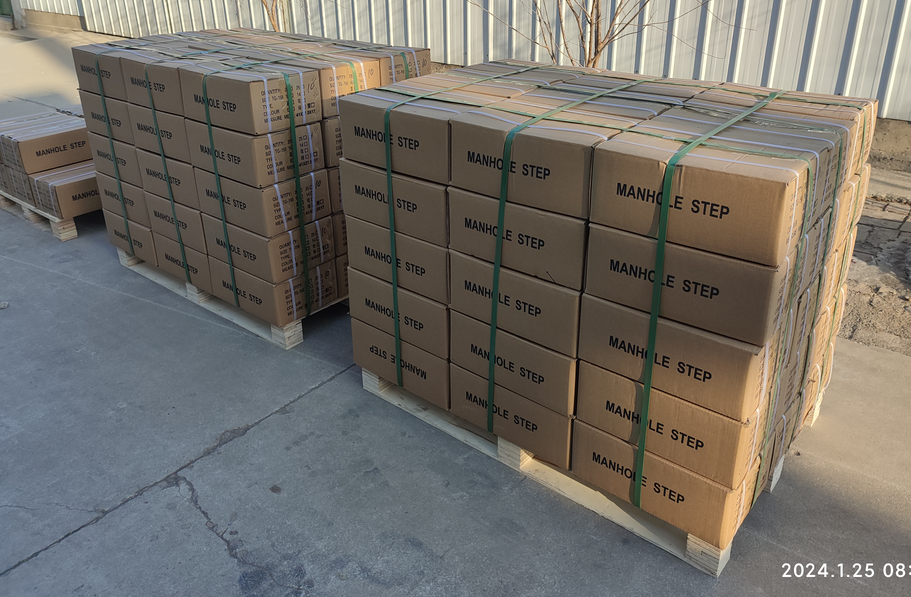butterfly valve chain wheel
Understanding the Butterfly Valve Chain Wheel A Key Component in Fluid Control Systems
In the realm of fluid mechanics, the butterfly valve is an essential device used for regulating the flow of liquids and gases. One of its crucial components is the chain wheel, which plays a significant role in the operation of the valve. This article delves into the functionality, design, and applications of the butterfly valve chain wheel, emphasizing its importance in various industrial processes.
What is a Butterfly Valve?
A butterfly valve is a quarter-turn rotational motion valve that is used to start, stop, or regulate the flow of a medium. It consists of a disc that rotates on a shaft, effectively blocking or allowing flow through the pipeline. This design is often favored for its simplicity, reliability, and space-saving attributes compared to other types of valves.
The Role of the Chain Wheel
The chain wheel is a mechanical component that is used to open or close the butterfly valve. Typically connected to the valve's stem, the chain wheel converts manual effort into rotational motion, allowing for easier and more controlled operation of the valve. In larger valves or those positioned in hard-to-reach areas, the chain wheel provides a means of operation that can be performed from a distance, increasing efficiency and safety in the workplace.
Design Characteristics
The design of a butterfly valve chain wheel considers several important factors
1. Material Construction Chain wheels are commonly made from materials like cast iron, stainless steel, or plastic, depending on the application and environmental conditions, such as temperature, pressure, and corrosiveness of the media.
2. Size and Gear Ratio The size of the chain wheel is proportional to the diameter of the butterfly valve it operates. In addition, gear ratios can be incorporated to enhance torque output, making it easier to operate larger valves.
butterfly valve chain wheel

3. Chain Type The type of chain used in conjunction with the wheel can affect how smoothly and efficiently the valve operates. Common types include roller chains and block chains, chosen based on required load capacity and operational conditions.
4. Safety Features Many chain wheel designs incorporate safety mechanisms, such as adjustable limits and lockable positions, ensuring the valve remains in a secure state when not in operation.
Applications of Butterfly Valve Chain Wheels
Butterfly valve chain wheels are widely used across various sectors, including
- Water Treatment Plants In these facilities, controlling the flow of water through pipelines is crucial for effective treatment processes. Chain wheels enable operators to conveniently regulate flow rates.
- Oil and Gas Industry Here, butterfly valves can manage the flow of hydrocarbons and other substances. The use of chain wheels allows for precise control in high-pressure environments.
- Chemical Processing Chemical plants often handle hazardous materials. The chain wheel mechanism facilitates remote operation, enhancing safety for operators.
- HVAC Systems In heating, ventilation, and air conditioning systems, butterfly valves are used to manage airflow. Chain wheels provide an easy means of control, especially in larger or complex systems.
Conclusion
The butterfly valve chain wheel may seem like a small component in the grand scheme of fluid control systems, but its impact is substantial. By enabling ease of operation, enhancing safety, and ensuring precise control, the chain wheel plays a vital role in ensuring efficient processes across numerous industries. As technology advances, we can expect further innovations in the design and functionality of butterfly valve chain wheels, continuing to improve fluid control systems and support safer operations worldwide. Understanding this component's significance not only reinforces the importance of mechanical design in industrial applications but also highlights the ongoing need for quality in engineering practices.
-
The Essential Component for Safe Urban InfrastructureNewsMay.14,2025
-
The Backbone of Urban InfrastructureNewsMay.14,2025
-
Practical and Stylish Solutions for Your Drainage NeedsNewsMay.14,2025
-
Lamphole Frame and Cover: Essential for Urban InfrastructureNewsMay.14,2025
-
A Seamless and Aesthetic SolutionNewsMay.14,2025
-
A Must-Have for Safety and DurabilityNewsMay.14,2025
-
Pipe Repair Clamps: Your Ultimate Solution for Efficient RepairsNewsMay.09,2025
